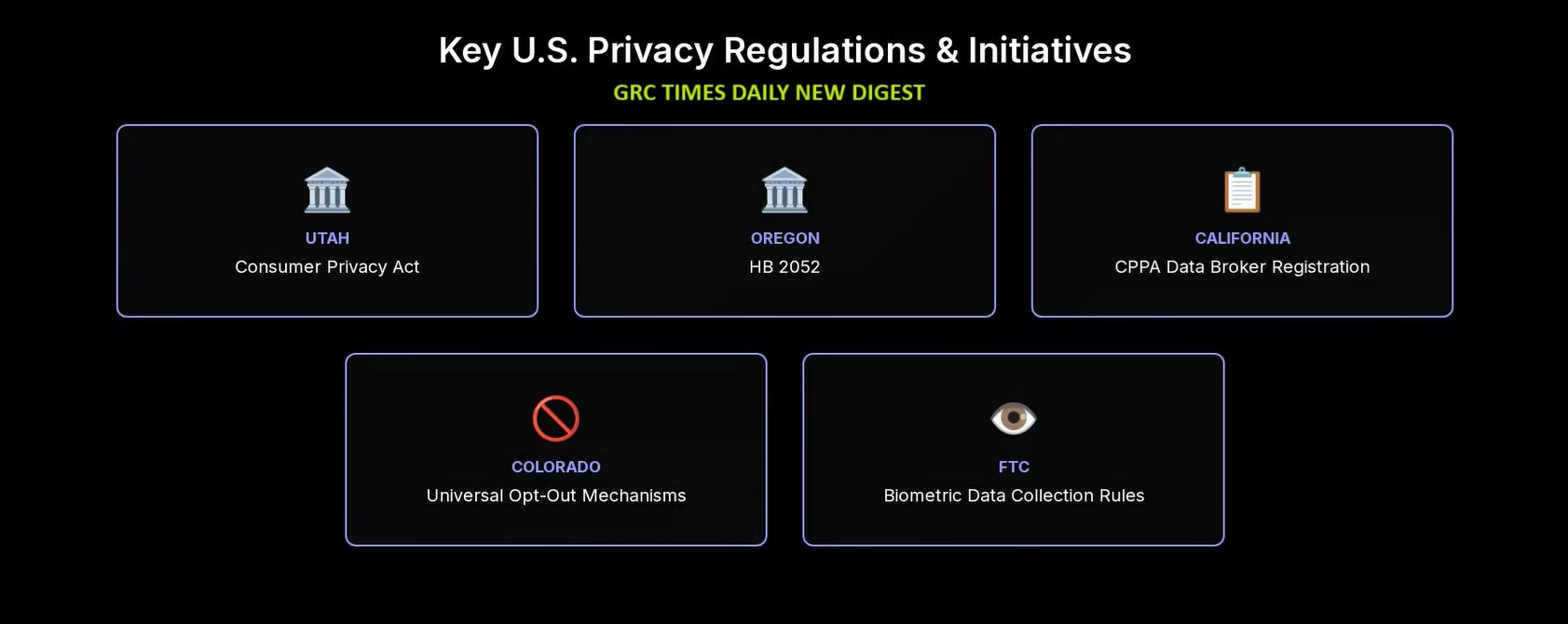Ontario’s employment law landscape just got a major shake-up, and it’s all thanks to a case that’s got HR departments and legal teams buzzing: Taylor v. Salytics Inc., 2025 ONSC 3461. The ruling brings the focus keywords—temporary lay-off, termination clause, Employment Standards Act (ESA), constructive dismissal, and contract enforcement—front and center, rewriting the playbook for how companies handle workforce reductions. Let’s get into what happened, why it matters, and what everyone—from payroll to the C-suite—needs to know to stay out of legal hot water.
When Barry Taylor, a Senior Technical Consultant with 11 years at Salytics Inc., was temporarily laid off in March 2024, he challenged the move, arguing the layoff was actually a constructive dismissal. The company’s contract had a termination clause (with sub-clauses for cause, without cause, and temporary layoff in line with the ESA), but Taylor claimed that because the termination provisions didn’t meet ESA requirements, the whole thing—including the layoff clause—should be tossed out. The Ontario Superior Court, though, saw it differently: a temporary layoff clause, even if it sits right next to termination language, is not the same thing as a termination clause. The court’s reasoning? Substance over form. It’s not about where the clause is in the contract, but what it actually does. If a contract explicitly allows for temporary layoffs, and those layoffs follow ESA rules, it’s not a constructive dismissal, and it’s not a wrongful termination. That’s a big deal for employers who’ve worried that a technical glitch in their termination language could torpedo their layoff rights.
Why did the court draw this line?
The ESA itself is clear: a temporary layoff, defined under section 56(4), is not a termination. So, even if the layoff provision is under a “Termination” heading, it doesn’t magically become a termination clause. This is a textbook application of the “substance over form” doctrine – a principle that’s gaining steam in Canadian employment law. Essentially, the courts care more about what a clause does than where it sits or what it’s called.
For employers, this is a rare win. Over the past few years, Ontario courts have been tough on termination clauses, tossing out lots of them for not strictly adhering to the ESA. The Waksdale decision, for example, made it clear that if any part of a termination provision is offside, the whole thing can be void. But Taylor v. Salytics Inc. carves out an exception: a layoff clause, if drafted properly, survives even if the termination provisions are invalid. That means companies can rely on these clauses to temporarily lay off staff in tough times without automatically triggering a constructive dismissal claim.
But here’s the thing – this win isn’t a free pass. The ESA still rules the roost. Section 5 of the ESA says you can’t contract out of employment standards, and any attempt to do so is void. So, if your contract tries to sidestep ESA minimums, it’s not worth the paper it’s printed on. And don’t forget: if you lay someone off temporarily without a clear, ESA-compliant clause in their contract, it could still be a constructive dismissal at common law. The placement of a clause, or what you call it, won’t save you if the substance isn’t there.
This case also highlights a growing trend: courts are looking past labels and focusing on the actual relationship and rights at stake. Whether it’s determining if someone’s an employee or an independent contractor, or if a layoff is a termination, the facts matter more than the contract headings or HR jargon. It’s like calling your living room a gym—it doesn’t make it one unless you actually use it that way.
Practical Impact for Companies
For companies, it means:
- Review every employment contract. Make sure your layoff provisions are clear, explicit, and ESA-compliant.
- Update old agreements. The law is shifting, and what worked five years ago might not cut it now.
- Communicate clearly with staff. Make sure employees know their rights and what’s in their contract.
- Don’t try to contract out of the ESA. It’s not just risky—it’s pointless.
Guidance for Employees
For employees, the takeaway is just as important. If you’re handed a contract with a layoff clause, read it closely. If you’re laid off, check whether your contract actually allows it—and if you think your contract doesn’t meet ESA standards, get legal advice.
There’s a broader compliance lesson here, too. This decision is a reminder that employment law is not static. Companies need to treat contract review like regular maintenance—like changing the oil in your car, not something you do once and forget about.
Steps to Steer Clear of Trouble
What’s the best way to steer clear of trouble? Start with these steps:
- Draft layoff clauses in plain language. Spell out exactly when and how layoffs can happen.
- Keep termination and layoff clauses distinct. Don’t lump them together or use vague language.
- Regularly audit employment agreements. After every major legal development, promotion, or business change, review and update contracts.
- Train HR and managers. Ensure they understand the difference between layoff and termination.


